You might wonder, as your cat purrs contentedly beside you on the couch or headbutts you as you walk in the door—do they really love me? Do they feel like part of the family?
The answer, according to science, is a resounding yes (phew!).
Cats may be famously independent, but research tells us that their bond with us is far more profound than we once thought. In fact, cats experience attachment to their humans in much the same way as kittens do to their cat mothers. That means your cat may not just live with you—they may love you, rely on you, and see you as family.
Let’s explore the science behind this bond—and how you can nurture it.
The Science Of Cat-Human Attachment
We know that engaging with our cats triggers the release of the same attachment hormones—like oxytocin and dopamine—that flood our brains when we connect with our children. These powerful chemicals build connection, soothe stress, and create a sense of emotional closeness between species.
It’s no coincidence that the affectionate behaviours your cat offers—head bumps, purring, rubbing up against your legs, curling up beside you—mirror the same comforting gestures kittens use with their mothers. That’s because domesticated cats have undergone a process of juvenilisation. They retain many kitten-like traits well into adulthood, both physically (think big eyes, round faces) and socially.
Cats raised in human homes learn to see us as their surrogate mothers. Over time, they adapt their kitten-to-mother communication and bonding behaviours to fit their relationship with us. And when we stroke, play, talk to or simply share space with them, it fulfils not only their need for companionship—but ours too. That means these love or bonding hormones are manifesting at similar levels in each of us.
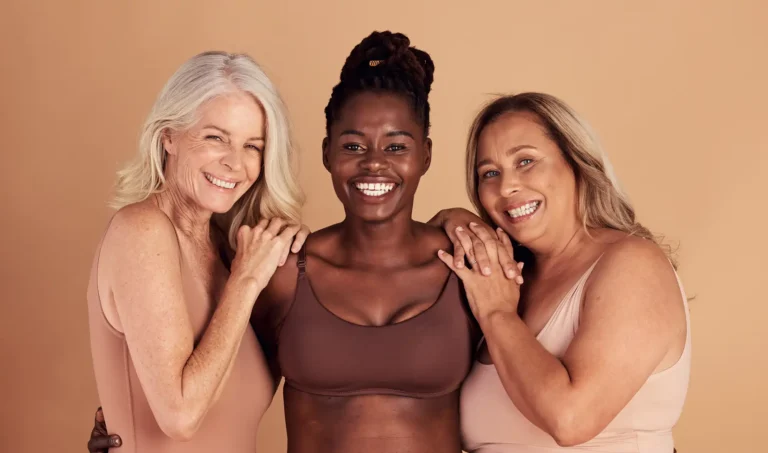
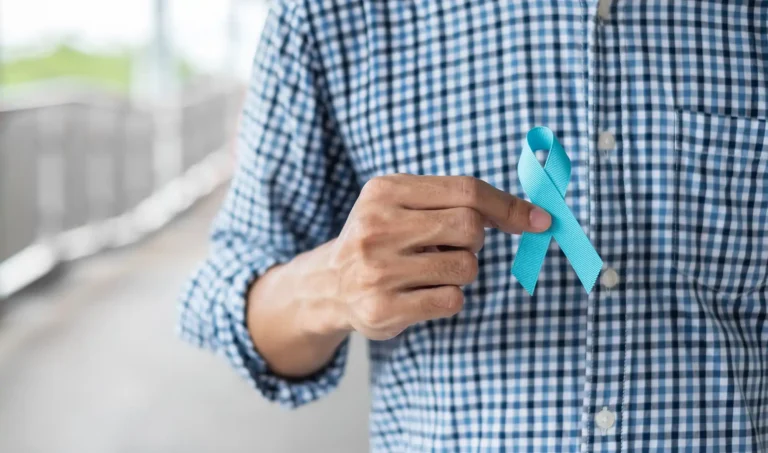


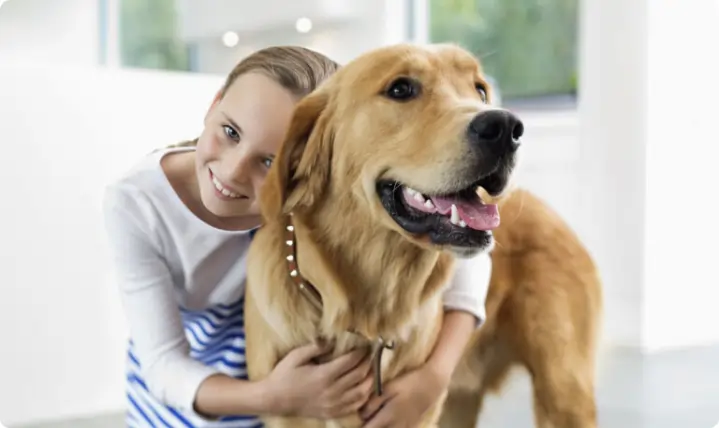
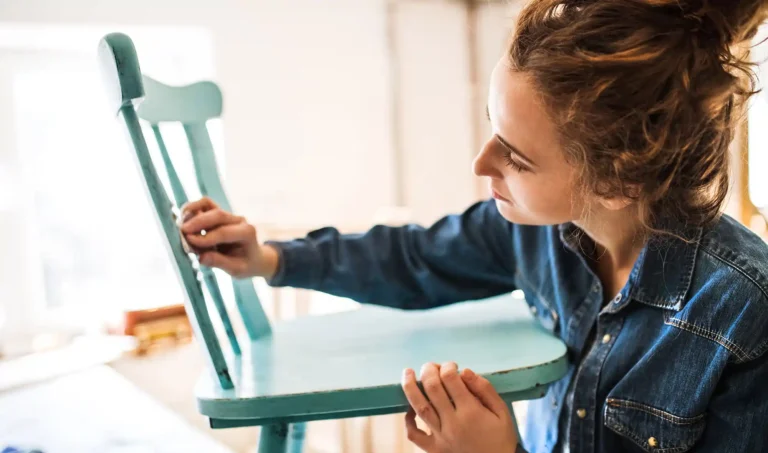

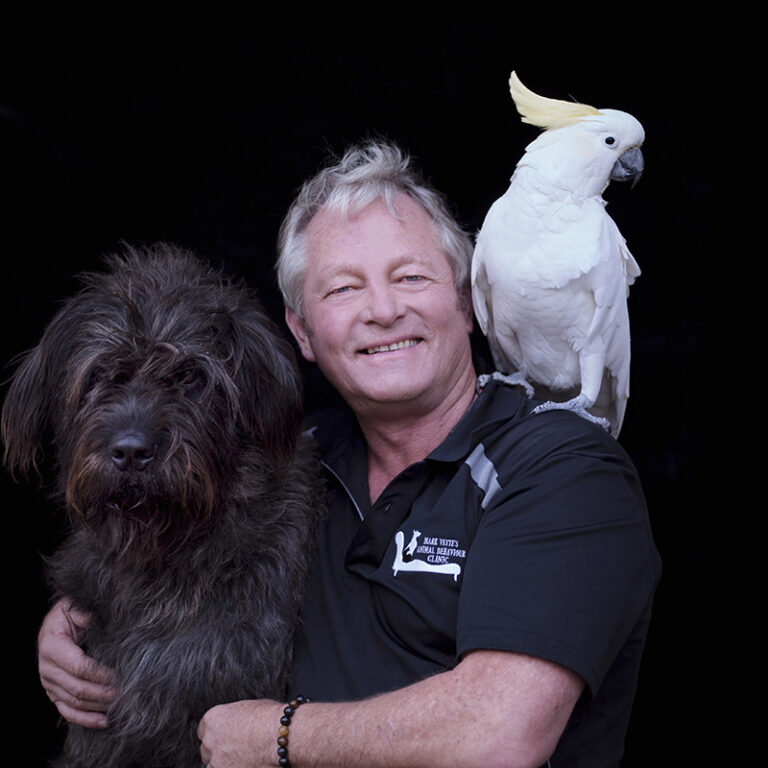
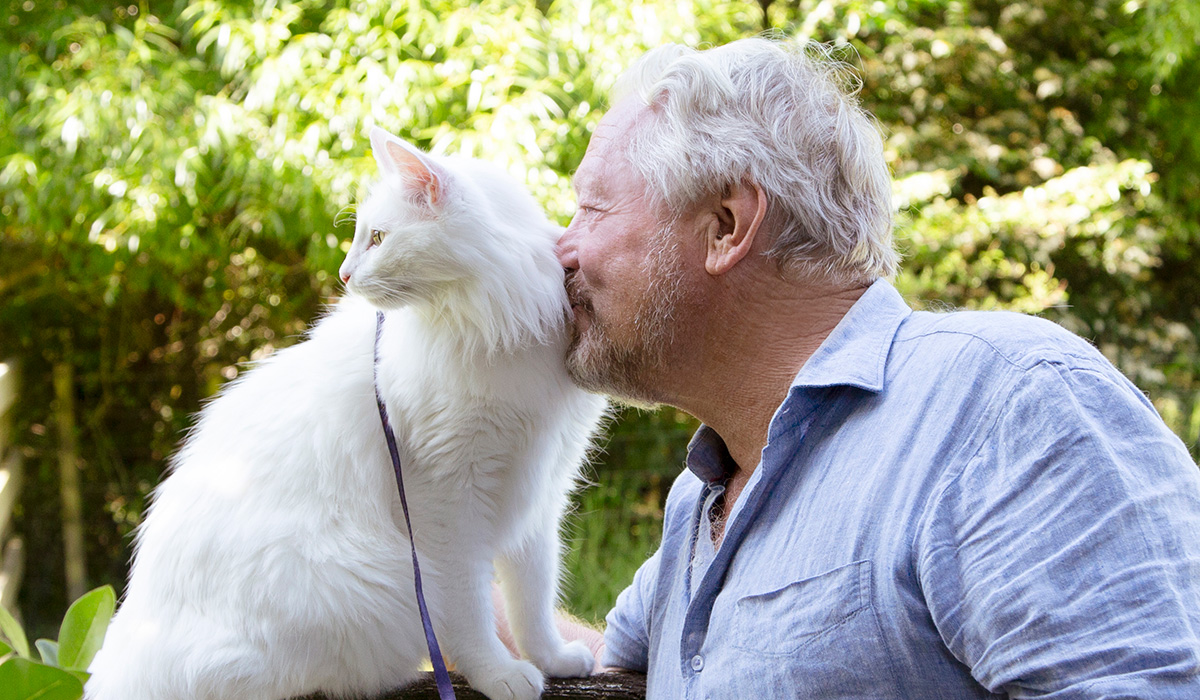
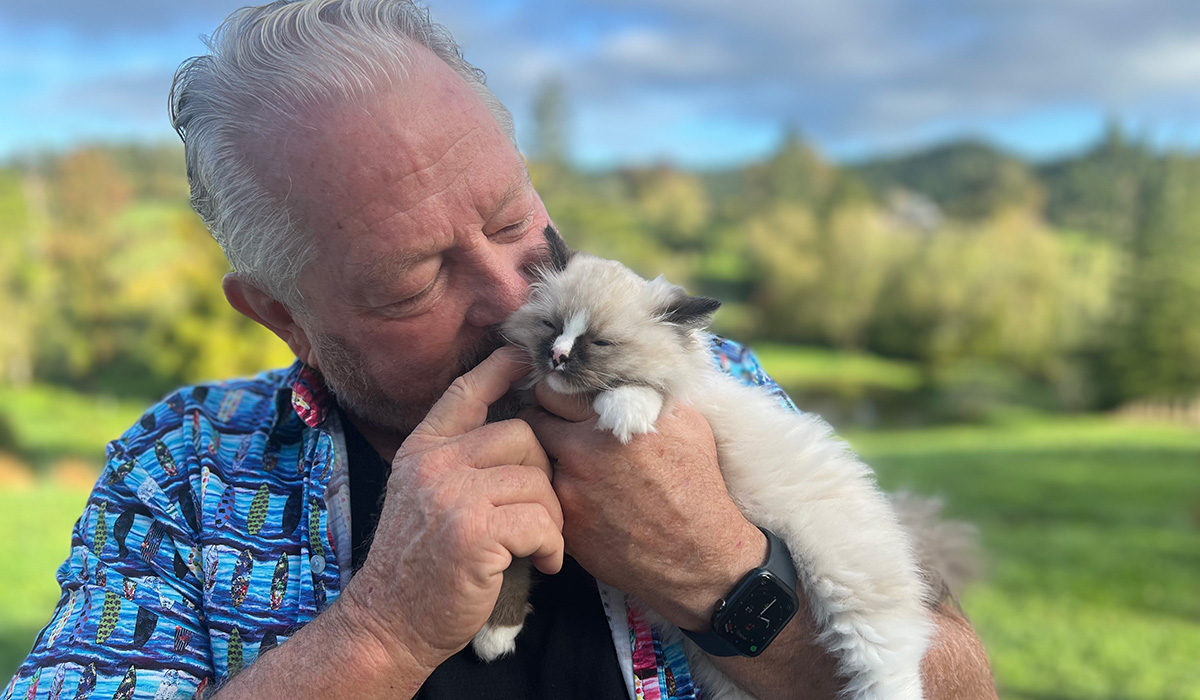
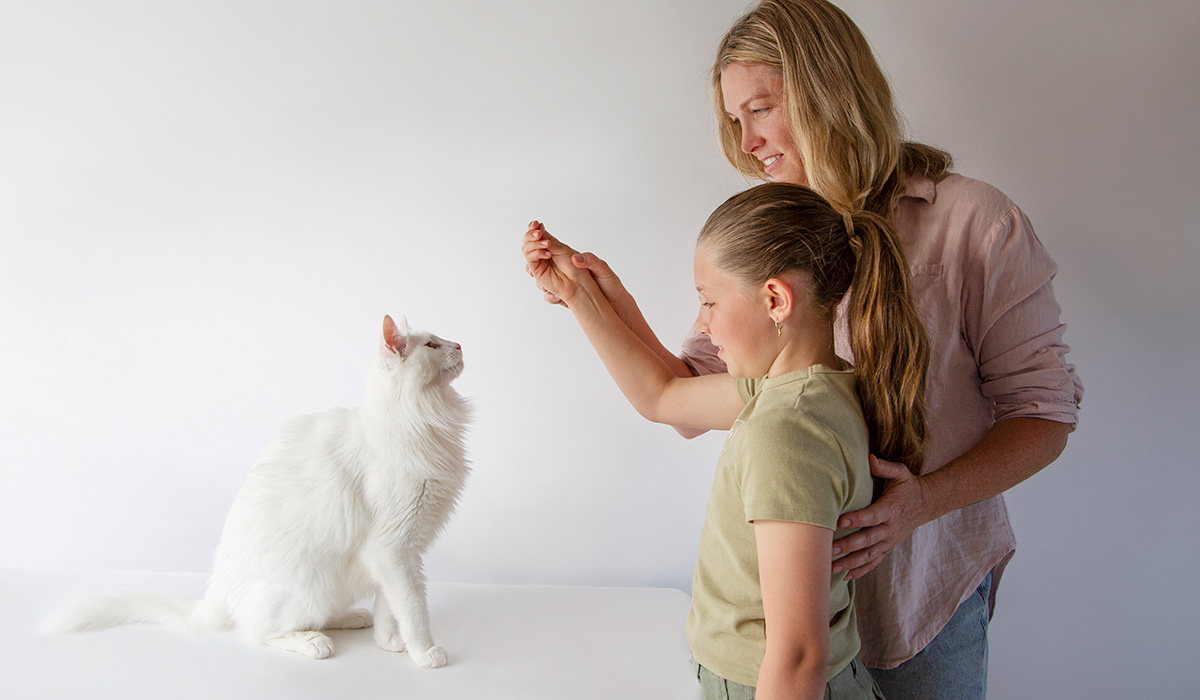
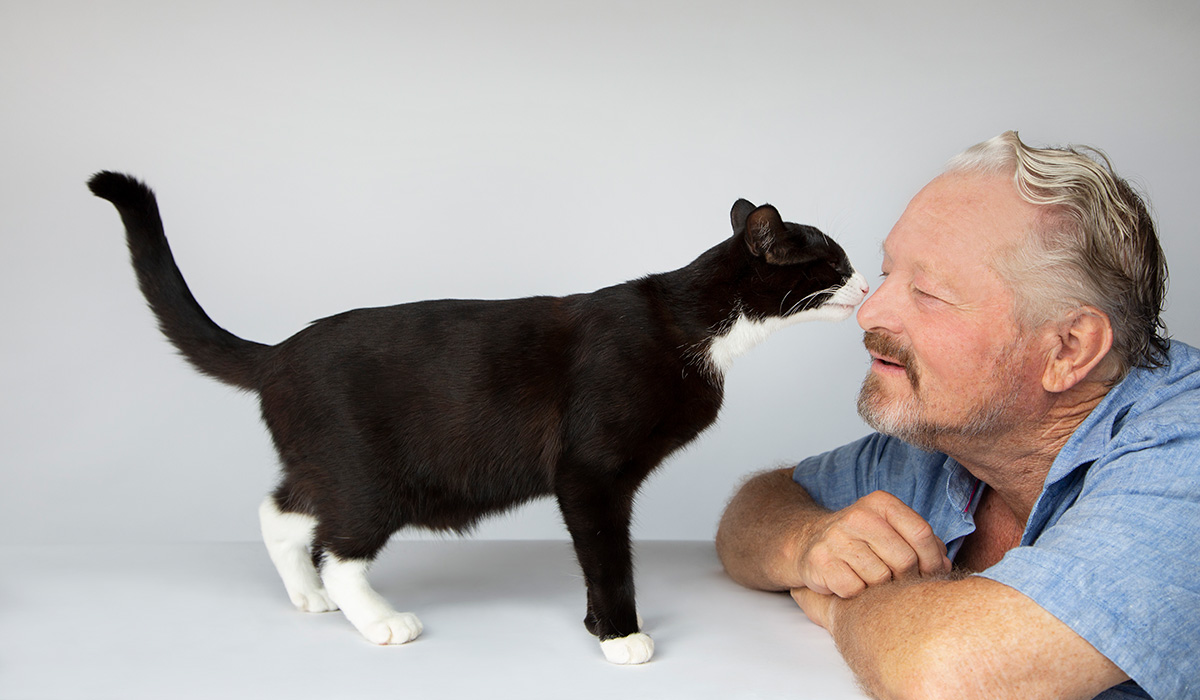
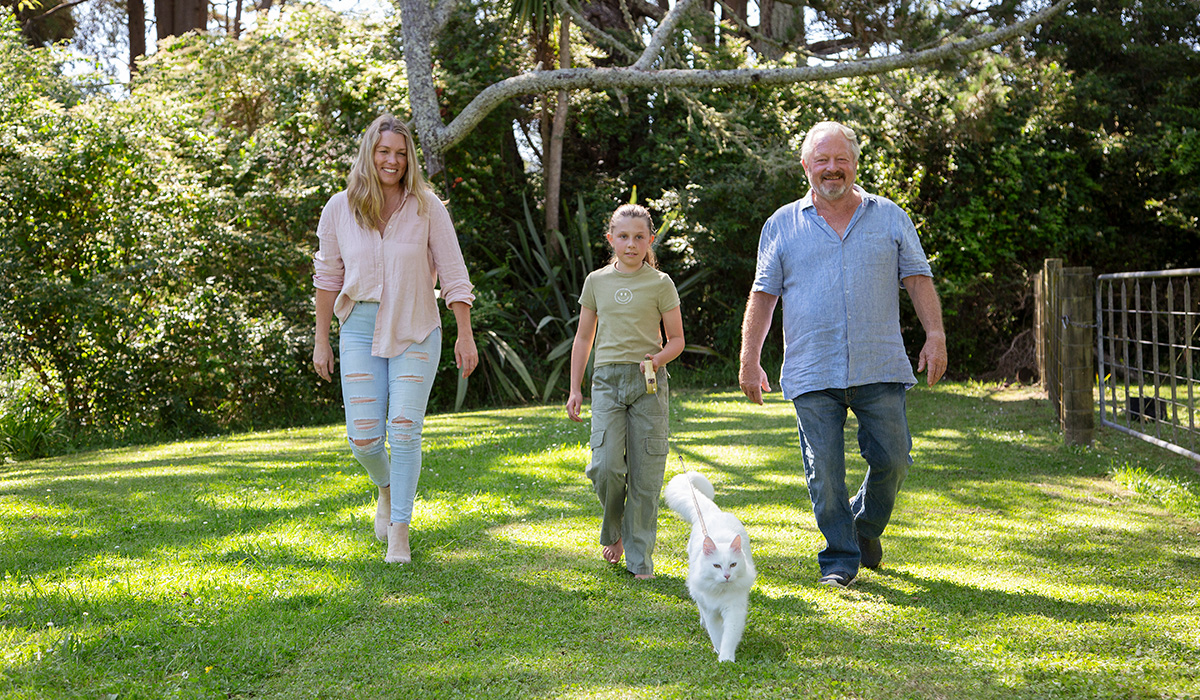

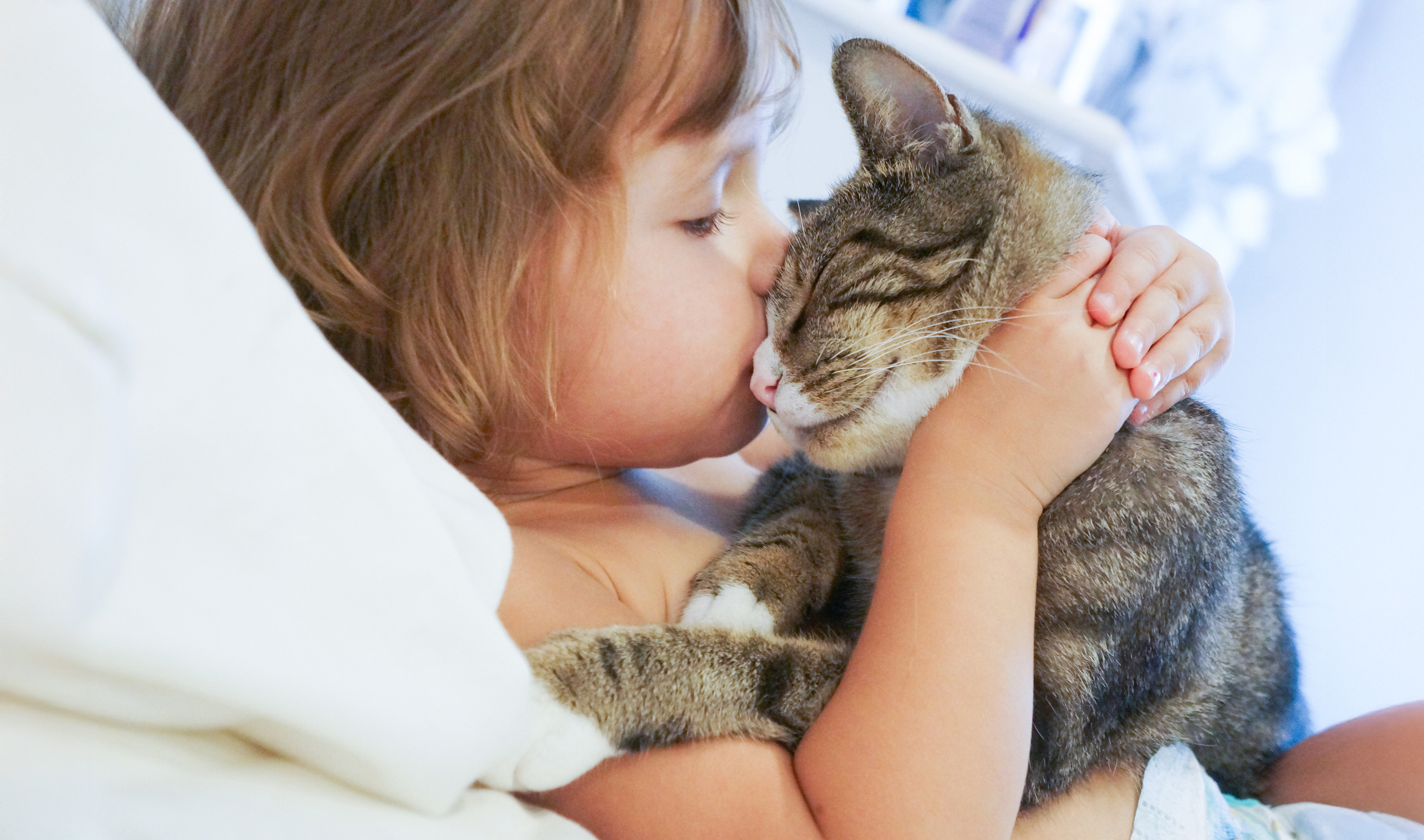
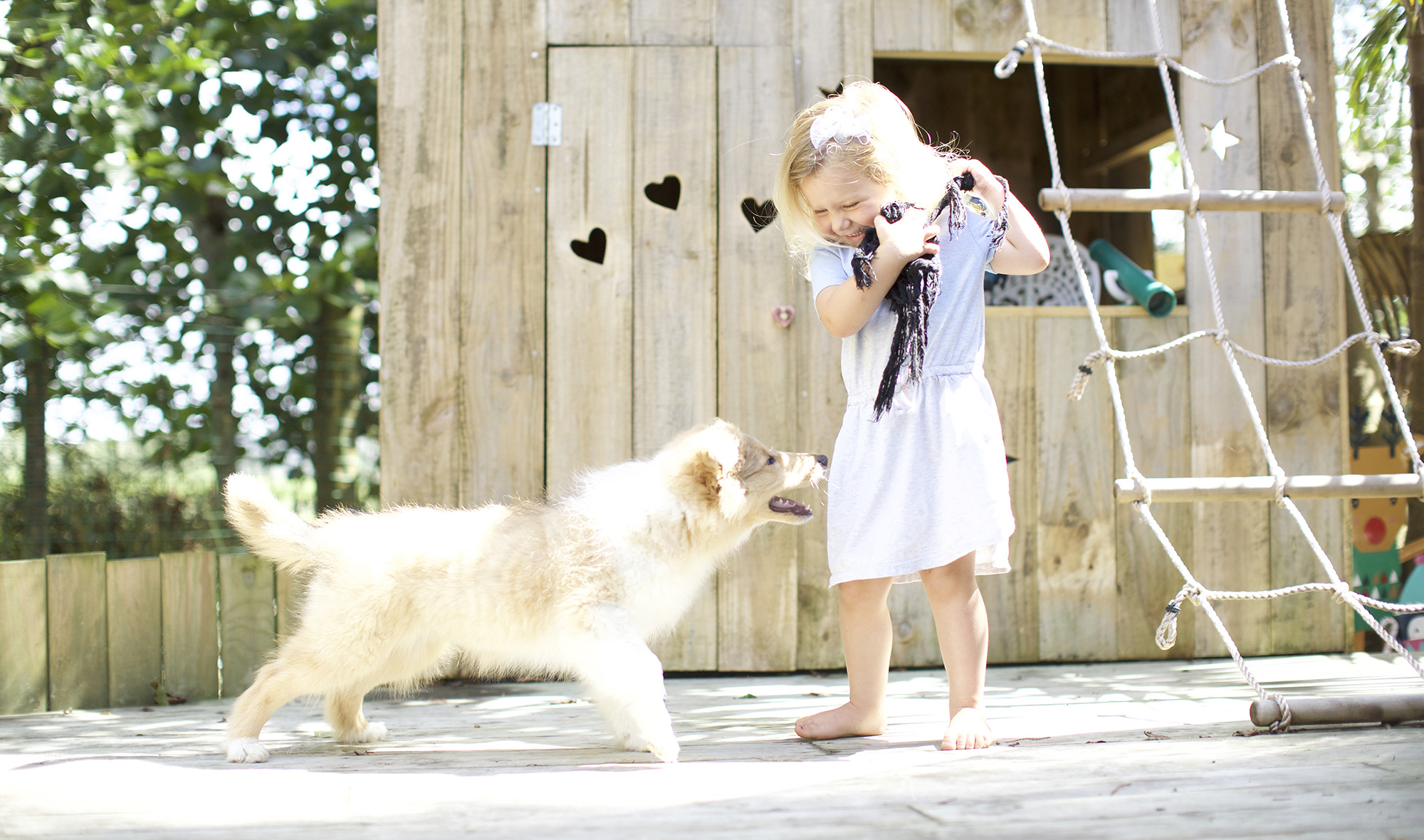


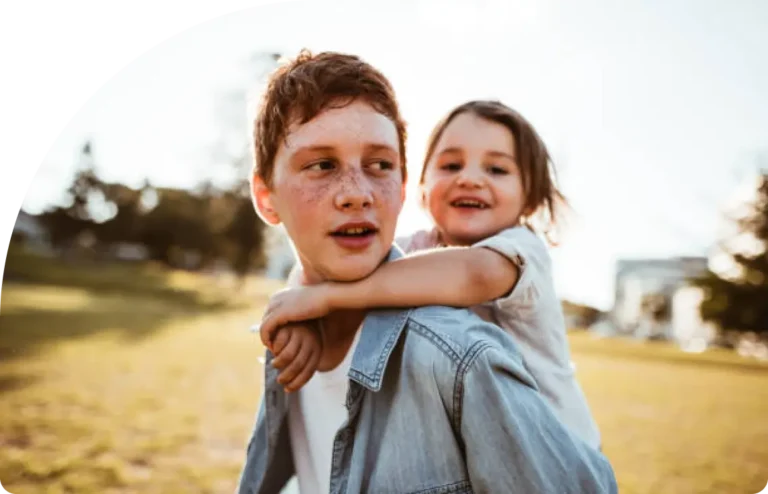
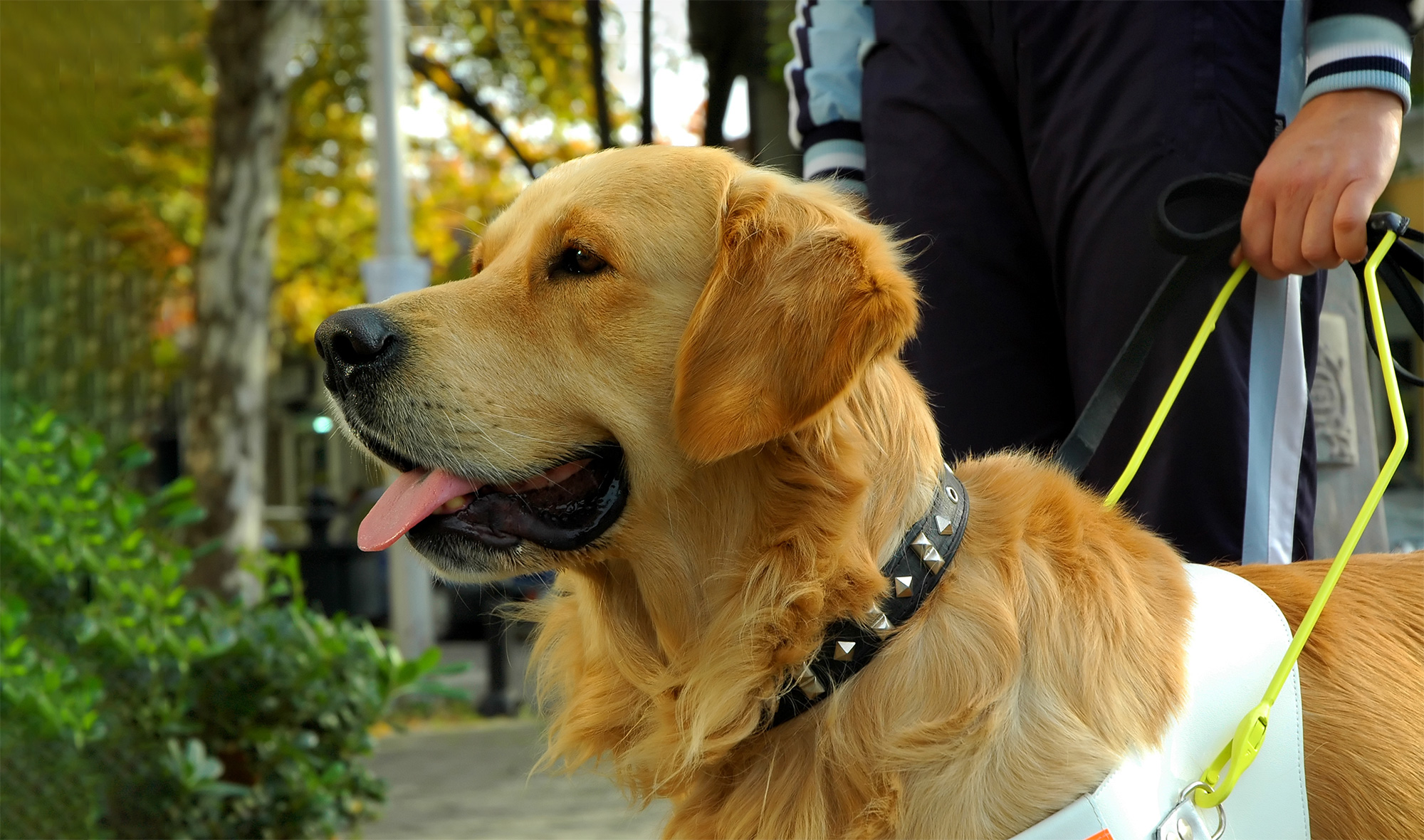
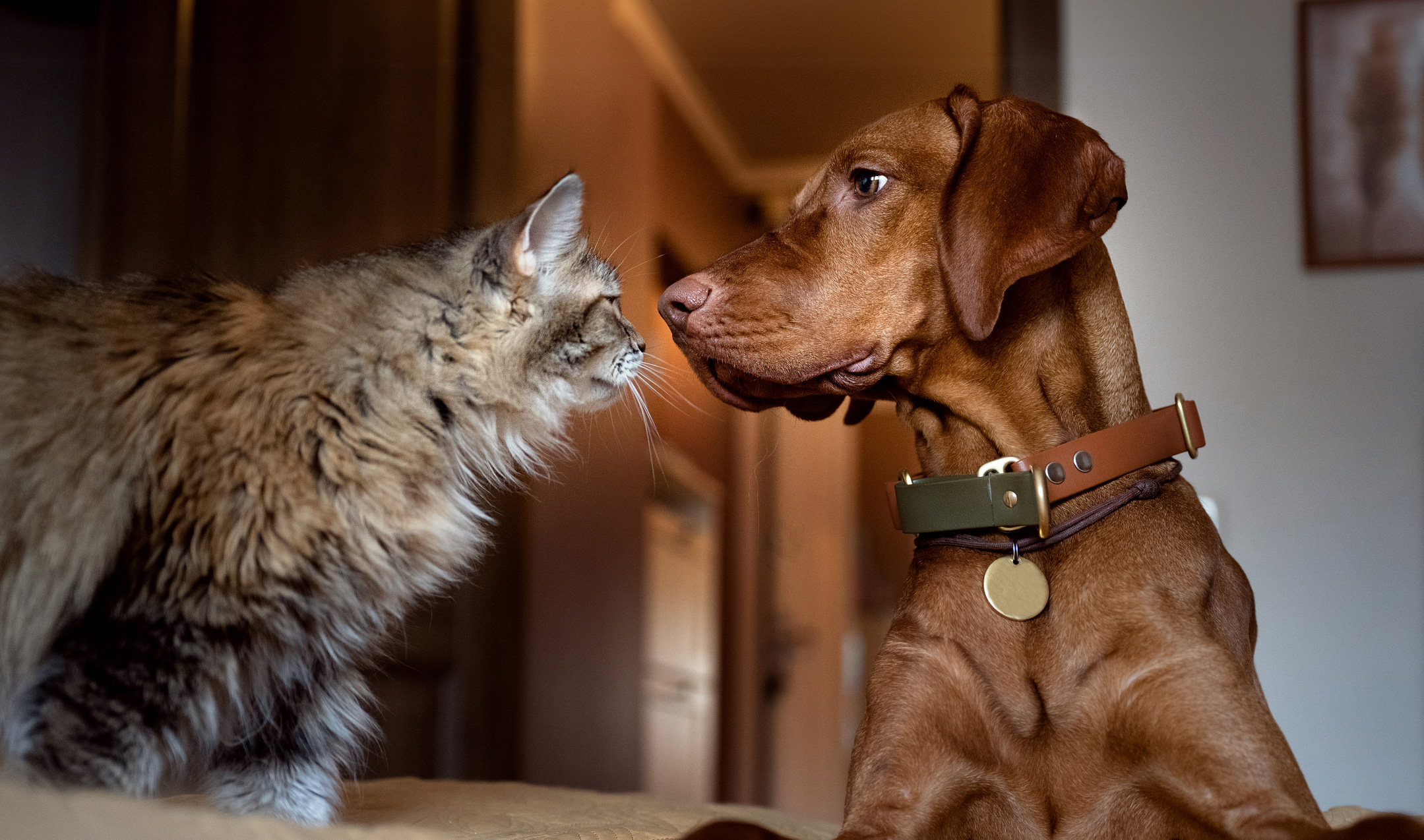
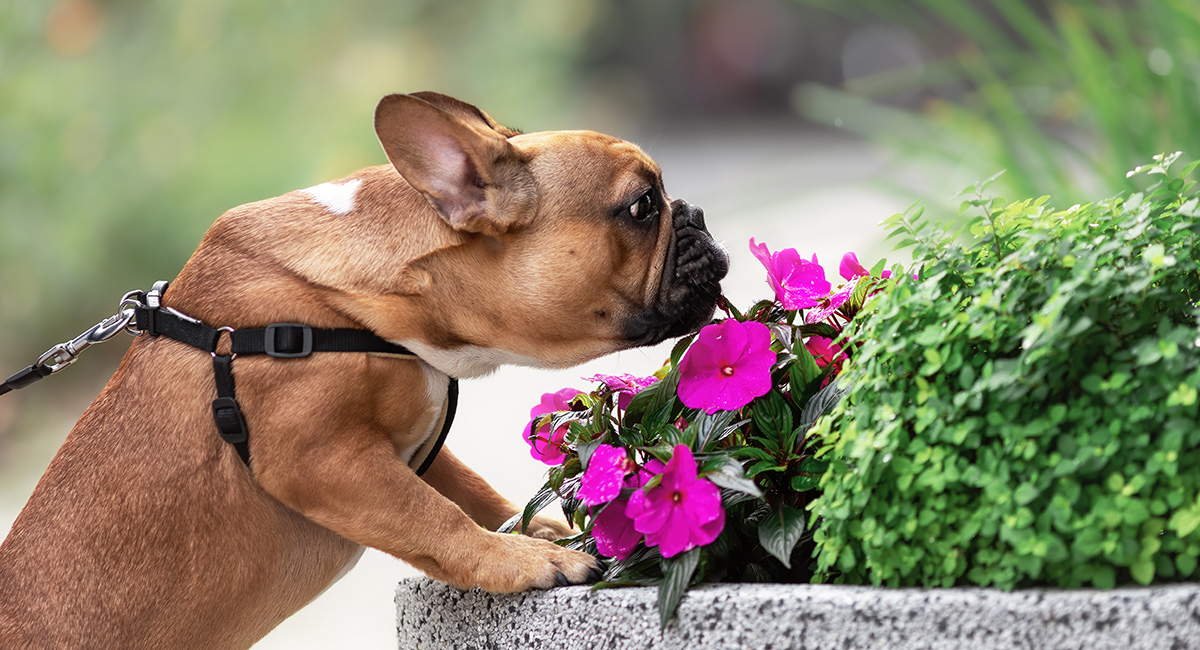

Community